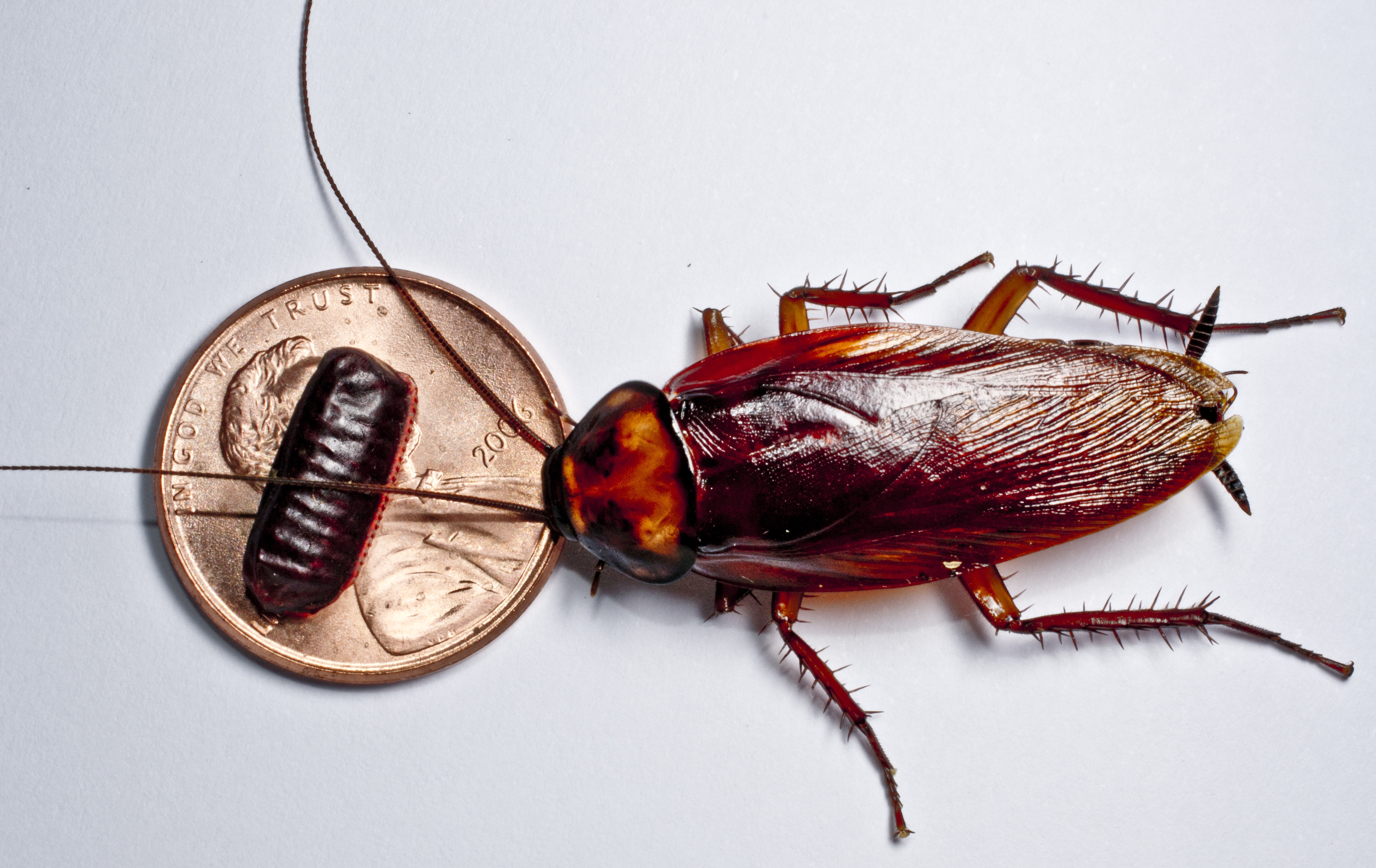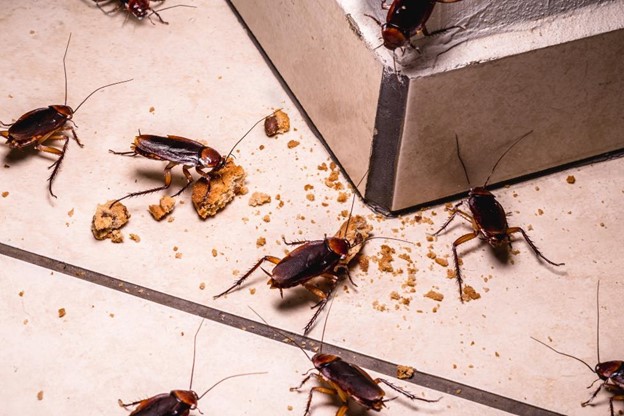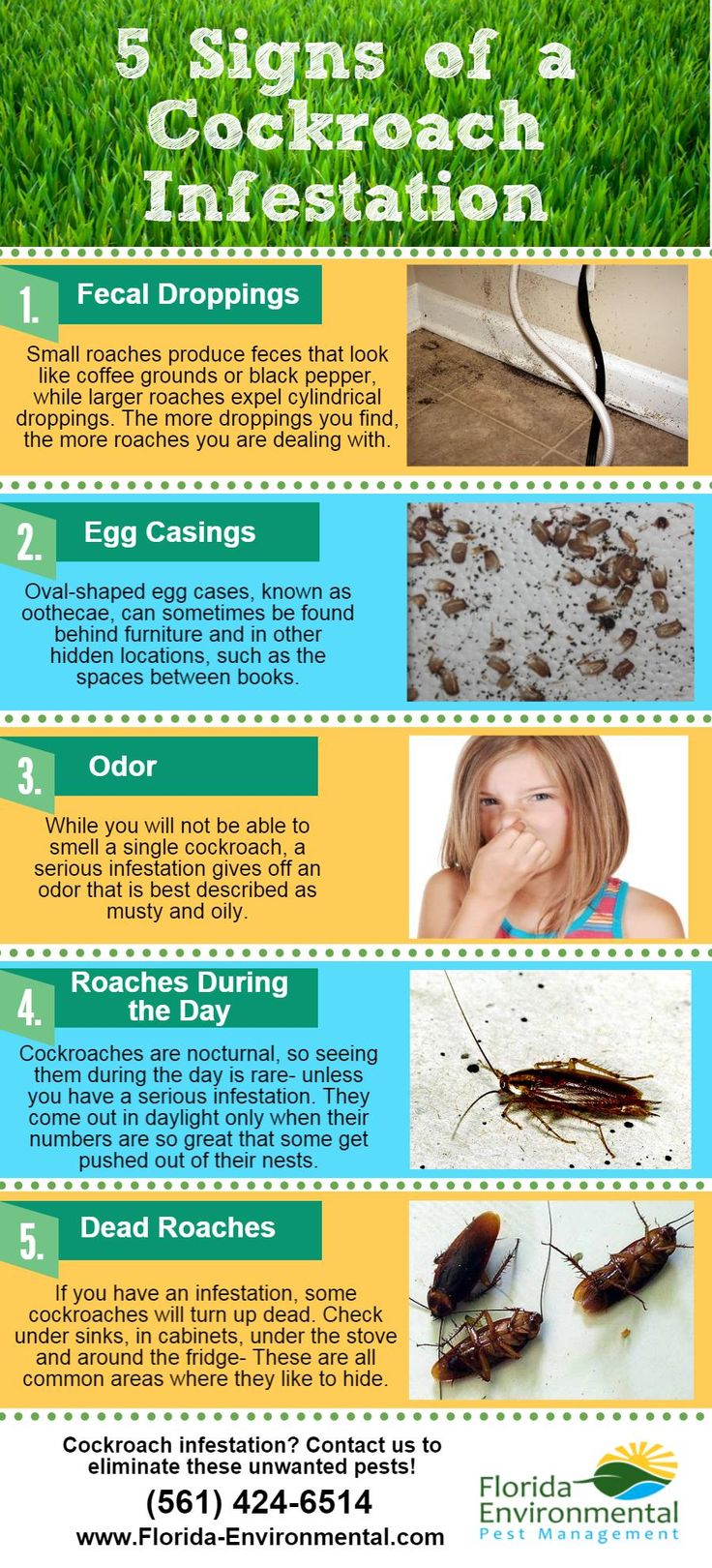To know if you have cockroaches in your house, look for signs like droppings, musty smell, and seeing live roaches scurrying in the dark. Cockroaches leave behind droppings that resemble black pepper or coffee grounds, emit a distinct musty odor, and are often seen running in the kitchen or bathroom at night.
Cockroaches are a common household pest that can be found in any home, regardless of cleanliness. They are nocturnal creatures that prefer warm and dark environments, making them difficult to spot during the day. However, there are several telltale signs that can indicate a cockroach infestation.
One of the most noticeable signs is the presence of cockroach droppings, which resemble small black specks or coffee grounds. Additionally, a strong musty odor may indicate the presence of cockroaches, as they release a pheromone that can linger in the air. Lastly, seeing live cockroaches scurrying in the dark is a clear indication of an infestation. If you notice any of these signs, it’s important to take immediate action to eliminate the cockroach problem.
The Presence Of Cockroaches
One of the first signs that there may be a cockroach infestation in your home is the presence of certain clues. Identifying these signs early on can help you take immediate action to rid your home of these pests.
Droppings
One way to determine if there are cockroaches in your house is by examining any droppings you find. Cockroach droppings closely resemble coffee grounds or black pepper. They are typically found along baseboards, in kitchen cabinets, or under sinks.
Unusual Smell
If you notice an unusual musty odor that seems to come from hidden areas of your house, it may be an indication of a cockroach infestation. Cockroach pheromones emit a distinct smell that can permeate the surroundings, signifying their presence.
Physical Evidence
Discovering physical evidence of cockroaches in your home can include sighting their droppings, egg casings, or a musty odor. Cockroaches prefer dark and damp areas, making kitchens and bathrooms common hiding spots. Keeping these spaces clean and clutter-free can help prevent infestations.
When it comes to identifying a cockroach infestation in your house, physical evidence is crucial. These critters are experts at hiding during the day, making it difficult to spot them directly. However, they can leave behind certain physical signs that give away their presence. By being aware of these indicators, you can quickly determine whether you have unwelcome visitors scurrying around your home.
Egg Casings
One of the telltale signs of a cockroach infestation is the discovery of egg casings. These small capsules, known as oothecae, are left behind by female roaches to protect their eggs. They can often be found in dark and hidden areas such as behind kitchen appliances, under sinks, or in corners. Egg casings appear dark brown or reddish-brown in color and are about the size of a sesame seed. If you come across these egg casings, it’s a clear indication that roaches have made themselves at home in your house.
Shed Skin
Another physical evidence of a cockroach infestation is shed skin. As roaches grow, they molt their exoskeleton, leaving the old skin behind. These discarded skins, often referred to as exuviae, are lightweight and can be found throughout your home near cockroach hiding spots. Shed skin is translucent and may resemble the shape and size of an adult roach. Spotting these remnants is a strong indication that cockroaches are actively present and reproducing in your living space.
Spotting Cockroach Activity
Spotting Cockroach Activity:
Cockroaches can be sneaky pests, making it essential to be vigilant about spotting their presence in your home. Here are some key indicators to look out for:
Nighttime Sightings
- Check for cockroaches at night as they are nocturnal pests.
- Turn off the lights and observe if you spot any scurrying activity.
- Kitchen and bathroom areas are hotspots for cockroach activity.
Fecal Stains
- Look for small dark specs or stains, which indicate cockroach feces.
- Inspect areas near food sources and water for fecal deposits.
- Fecal stains are often found along baseboards and in corners.
Living Conditions
Cockroaches thrive in specific living conditions that provide them with adequate warmth, moisture, and food sources. By understanding these conditions, you can determine if you have a cockroach infestation in your house.
Dark And Damp Areas
- Cockroaches prefer dark and damp places to hide during the day.
- Common areas include kitchens, bathrooms, and basements.
- Inspect these areas regularly for any signs of cockroach activity.
Food Sources
- Cockroaches are attracted to food sources, such as crumbs or leftover food.
- Ensure proper food storage to avoid attracting cockroaches.
- Keep countertops, floors, and trash cans clean and free of food debris.
Potential Health Risks
Discovering cockroaches in your house can potentially pose serious health risks. Their presence can trigger allergies and asthma, contaminate food, and spread diseases. Look out for signs like droppings, strong musty odors, and sightings of these nocturnal creatures to determine if you have a cockroach infestation.
Allergies
Cockroaches are known to trigger allergies in certain individuals, especially those who are prone to respiratory problems. When cockroach infestations exist, they shed their skins and leave behind droppings and saliva that contain allergens.
- Allergies can manifest as wheezing, coughing, nasal congestion, and skin rashes.
- Severe cases may even lead to asthma attacks in susceptible individuals.
- It is important to note that people who are not allergic to cockroaches may still experience these symptoms if exposed to a high concentration of allergens.
Bacteria Transmission
In addition to triggering allergies, cockroaches can also serve as carriers for various types of bacteria, which can pose significant health risks to humans.
- These bacteria can contaminate food, utensils, and surfaces they crawl on, potentially leading to food poisoning and gastrointestinal infections.
- Common pathogens found on the bodies of cockroaches include Salmonella and E. coli, which are notorious for causing severe illnesses.
- Once these bacteria are transferred to humans through contact or ingestion, they can lead to symptoms such as diarrhea, vomiting, abdominal pain, and fever.
Credit: www.quora.com
Preventive Measures
Cockroaches are resilient pests that can be difficult to eradicate once they infest a home. However, there are several preventive measures that you can take to discourage these unwelcome visitors from taking up residence in your house. By following these simple steps, you can reduce the risk of a cockroach infestation and maintain a clean and pest-free living environment.
Maintaining Cleanliness
Regularly clean your home to remove food crumbs, spills, and clutter that can attract cockroaches. Vacuum and sweep floors, wipe down countertops, and ensure that all food is stored in airtight containers. Empty trash bins frequently and keep the kitchen and dining areas free from food debris.
Sealing Entry Points
Inspect your home for any cracks or crevices that could provide entry points for cockroaches. Seal these gaps with caulk or putty to prevent pests from gaining access to your living spaces. Repair any damaged window screens and ensure that doors and windows are tightly sealed to prevent cockroaches from entering your home.
Professional Intervention
Professional intervention may be necessary when dealing with a cockroach infestation in your home. While DIY methods can be effective, some infestations require the expertise of pest control professionals to fully eradicate the problem.
Hiring Pest Control Services
Hiring a professional pest control service can ensure that the cockroach infestation in your home is thoroughly addressed. Experienced technicians can identify the extent of the infestation and implement appropriate treatment methods to eliminate the cockroaches and prevent future recurrences. They also have access to commercial-grade products that are more effective than over-the-counter solutions.
Diy Methods
In some cases, attempting to address cockroach infestations on your own may be effective. Simple measures such as keeping a clean, clutter-free home and sealing entry points can help prevent infestations. DIY traps and baits can also be used to capture and kill individual cockroaches. However, for larger or persistent infestations, professional intervention is often necessary to fully eradicate the pests.

Credit: thepestrangers.com

Credit: www.mccallservice.com
Frequently Asked Questions For How Do You Know If You Have Cockroaches In Your House?
How Do You Find Out If You Have Roaches?
Look for droppings, musty odors, and egg casings in dark, warm areas. Check for live roaches at night.
Does 1 Roach Mean Infestation?
One roach can indicate the beginning of an infestation. Take immediate action to prevent further spread.
What Brings Cockroaches To A Home?
Cockroaches are attracted to homes because of food, water, and shelter. They can enter through small cracks and openings, and they thrive in warm and humid environments. Regular cleaning, sealing cracks, and removing food and water sources can help prevent them from infesting your home.
Conclusion
To wrap it up, being aware of the signs can help you determine if you have unwelcome cockroaches in your abode. By closely observing their droppings, odor, discarded skins, and nocturnal sightings, you can identify their presence and take immediate action.
Remember, addressing the issue promptly with thorough cleaning, sealing entry points, and seeking professional help can prevent infestations and ensure a pest-free home. Stay vigilant and maintain a clean environment to keep these pesky creatures at bay.
Related posts:

I’m MD Tanvir, and I bring years of expertise gained from working closely with pest control companies to the forefront. My journey in the industry has inspired me to launch Bug Battler, a platform aimed at equipping people with the know-how to combat pests autonomously. Through Bug Battler, I aim to empower individuals with practical insights to tackle pest infestations effectively.

